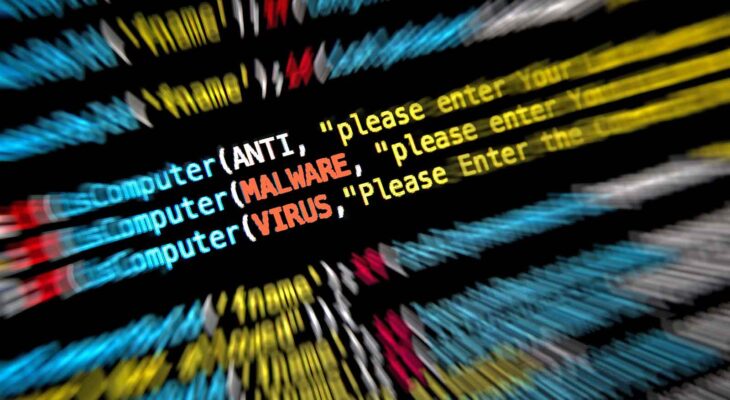Viruses
There are many methods of removing malware Viruses from your computer. The procedure you choose depends on the type of malware you have. A software application can scan your PC and identify which types of malware you have.
This article will answer, What is malware? Definition and how to tell if you’re infected? Malware has many symptoms, which you can use to diagnose the problem. You can also consult online forums for help. Some of these websites may even have tools to help you remove the malware. However, use these tools carefully, as some are malicious.
Worms
Malware is a type of software that can damage your computer. It can be a computer virus, a Trojan horse, or a worm. These infections can replicate themselves on your system and do evil things like steal data or copy themselves onto an external device. Once inside your system, they can also consume bandwidth and delete files. Fortunately, there are many ways to remove malware.
The first step is to determine which malware is infecting your computer. Next, look for symptoms and use search engines to find out what your computer is suffering. The next step is to find the correct removal tools. When downloading these tools, research the download site carefully and avoid downloading rogue software.
Keyloggers
Once you have detected that keyloggers infect your computer, you will need to get rid of them. There are some steps you can take to remove them. Firstly, you should check your startup programs. Look for any suspicious programs and disable them with the right click. Another option is to run a scan of your computer for viruses. Remember that keyloggers often masquerade as legitimate programs, so removing them as soon as possible is essential.
Another way to identify keyloggers is to review your computer’s firewall activity log. If there’s any suspicious activity, it’s a sign that keyloggers are monitoring you. You can also install an antivirus program to detect and remove suspicious programs, including those that require an Internet connection.
Ransomware
Ransomware attacks are becoming more common, but it is possible to protect yourself from this threat. The first step is to identify the strain of ransomware you have, then find out the best method of removal. There are three main types of ransomware: scareware, lockware, and encryption ransomware.
Encryption ransomware encrypts data on your system and demands payment for the decryption key. Fortunately, removing encryption ransomware is relatively simple. Just download and run an anti-malware program. The program will detect ransomware and help you remove it.
Other malicious programs
Luckily, there are ways to get rid of the malware. The first step is to recognize the program. Unfortunately, malware Viruses programs can be challenging to get rid of because they hide in unexpected places on your computer, including system files and hidden folders. Removing the malware is challenging and may even require reinstalling the operating system. Malware also collects personal information, including browsing and shopping habits.
Another form of malware is called a Trojan horse, which disguises itself as a legitimate download. Once you install the program on your PC, it can start to damage your computer. Cybercriminals can also use it to spy on you.
How to get rid of them
Malware Viruses is a primary concern for computer users, as it can steal your data and damage your device. Therefore, getting rid of malw0are immediately is crucial to protect yourself from the risks. In addition, malware can affect both PCs and Macs. Therefore, to eliminate malware, the first step is to scan your computer for it.
Malware comes in various forms, and it is complicated to remove them all. Some infections require the activation code or payment of a ransom to remove, while others may restrict the amount of work you can do on your PC. Fortunately, several free methods can help you remove most types of malware. However, you must understand that the use of this information is at your own risk.

